#Diesel LaForce
Text

"Pellinore hunts a strange unique creature, the Questing Beast, which his family is fated to pursue, though neither they nor anybody else will ever catch it." (Diesel / David S LaForce, "Arthurian Heroes" section of AD&D Deities & Demigods, TSR, 1980) The Beast Glatisant, the Questing Beast, is not given its own heading or stats in this volume, but the illustration matches some medieval accounts of a creature with stag's feet, a serpent's head, leopard's body, and lion's haunch and tail. So: hooved, long neck, spotted, yellow/orange/brown in color, with a darker bushier tail tip, all point to it being based on misunderstood descriptions of a giraffe.
#D&D#Dungeons & Dragons#David S LaForce#Deities & Demigods#King Pellinore#medieval#Questing Beast#Beast Glatisant#Diesel#Arthuriana#Arthurian legend#Arthurian heroes#giraffe#AD&D#dnd#bestiary#1980s#Dungeons and Dragons#TSR
264 notes
·
View notes
Text
More Midjourney Maps


These two maps were made using just a few keywords. The one on the left were: city map jrr tolkein pen and ink -- I was hoping for more of a Tolkein ink-drawn map like the foldout map from The Silmarillion, but it ended up kind of cool and different!
The map on the right uses the keywords dungeon map diesel -- the latter word refers to legendary D&D artist Dave S. LaForce, aka Diesel. I am uncomfortable with selling art that an AI remixed from living artists, of which Diesel is one, but sharing something for free is cool, in my book.
0 notes
Photo
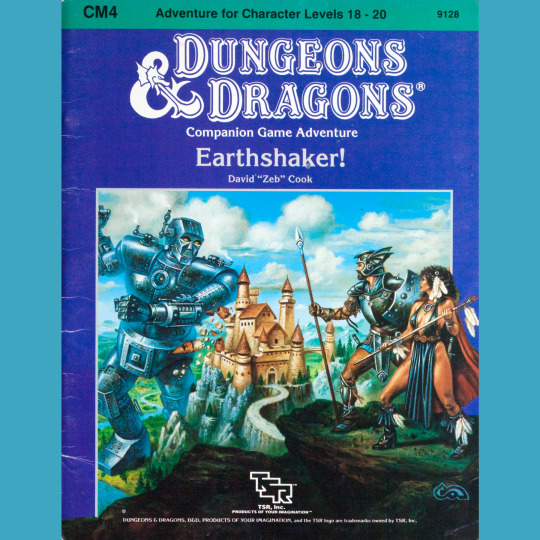
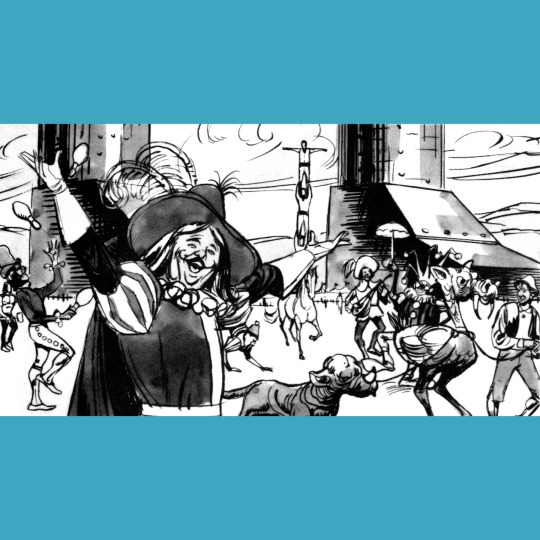
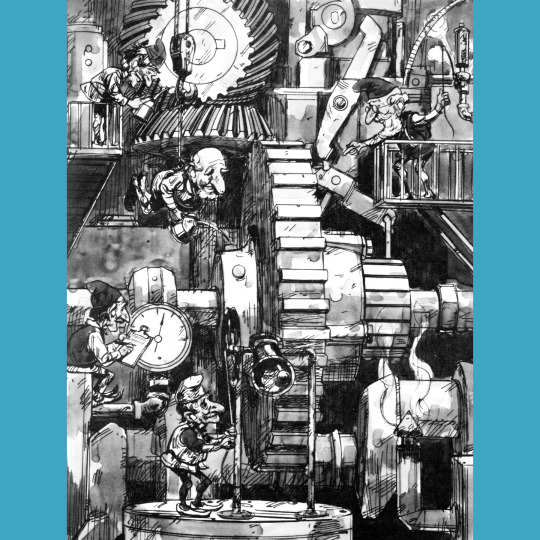

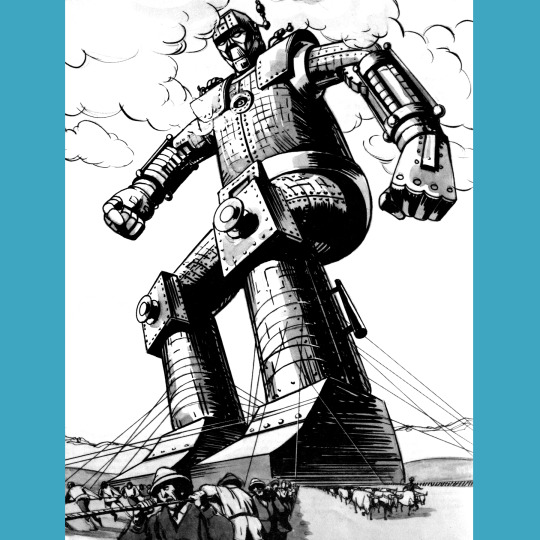
CM4 — Earthshaker! is a straight-up classic, one of the best modules for basic D&D and probably the best of the modules supporting high level play. You can see why on the cover: giant robot! Truly, massively giant — it is 1,280 feet tall, taller than the Empire State Building. And it is running amok. And the only way to stop it is to traverse it’s interior, a massive, moving, mechanical dungeon, before it flattens another village. Zeb Cook delivers on this one, man.
There are politics and schemes and a whole domain detailed in the adventure, but the heart and soul of the thing is the giant automaton. It’s one of the wildest dungeons ever created for any edition of D&D and it is damn strange that it doesn’t get more love. That’s probably because the robot is the product of ancient gnomish engineering. I suspect folks don’t like technologically inclined gnomes as much as I do (and even I have my limits — just wait till August’s posts).
My very favorite part of the module, though, is the final page. Assuming the players are triumphant in stopping the robot from destroying the country, what then? They either have a gigantic robot rusting in place in the middle of a field somewhere, or they have a truly epic pile of scrap metal. What do you DO with it? The last page offers some ideas, but the real joy of this adventure is see what the hapless players come up with. Heavy is the head that wears the crown, after all!
Pretty good Caldwell cover, though I hate his insistence in dressing his women characters in living room drapes and nothing else. Ben Otero does decent enough interiors, though his name doesn’t really ring a bell beyond this. Diesel LaForce kind of outdoes himself on the maps here. The cutaway is pretty perfect. DSL has nice maps in all the CM-series modules, actually! Sabre River in particular. He’s kind of the unsung hero of 80s D&D.
#RPG#TTRPG#Tabletop RPG#Roleplaying Game#D&D#dungeons & dragons#TSR#Earthshaker#CM4#Clyde Caldwell#Diesel LaForce#Ben Otero#Zeb Cook
793 notes
·
View notes
Text
Back to BasiX - Issue #4
Publisher: ThrowiGames
The fourth Issue (March 2018) of the new Back to BasiX fanzine, from Thom Wilson at ThrowiGames LLC.
This fanzine celebrates, highlights and supports one of the original roleplaying game systems of the 1980's, the Basic and Expert editions of Dungeons & Dragons. Each issue will provide or highlight content within the Holmes, Moldvay, Cook and Mentzer edited rules from TSR's Gary Gygax.
Issue contains: Product Spotlight, Spell Review, New Magic Items, New Monsters, A Short Encounter ("Ascent of the Apes"), Full page comic "Dungeon Delvers" (artist, Travis Hanson), and interview with Diesel LaForce (artist).
Cover artwork by: Matthew Ray
Next Issue due out in June 2018
*print copies avaialble directly from Thom Wilson at ThrowiGames.com
Price: $2.00
Back to BasiX - Issue #4 published first on https://supergalaxyrom.tumblr.com
0 notes
Photo

Artists of TSR panel at Gary Con X. A (partial) pantheon of fantasy art gods: Jeff Easley, Darlene, Stephen D. Sullivan, Larry Elmore, Tony Szczudlo, Dave “Diesel” LaForce, Erol Otus. Two of the most entertaining and inspiring hours of my life! These people, through their art, shaped who I am today! THANK YOU! . . . . . #dragonlance #dnd #dandd #dungeonsanddragons #tsr #fantasy #art #fantasyart #gods #GaryConX http://ift.tt/2IeGmeY
1 note
·
View note
Photo

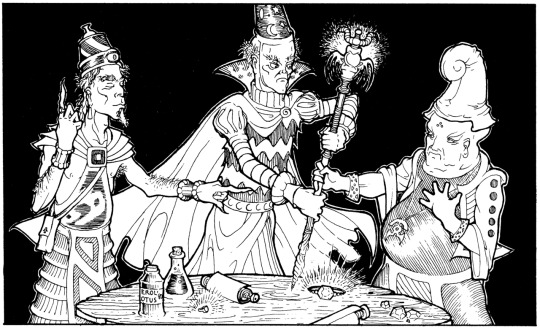


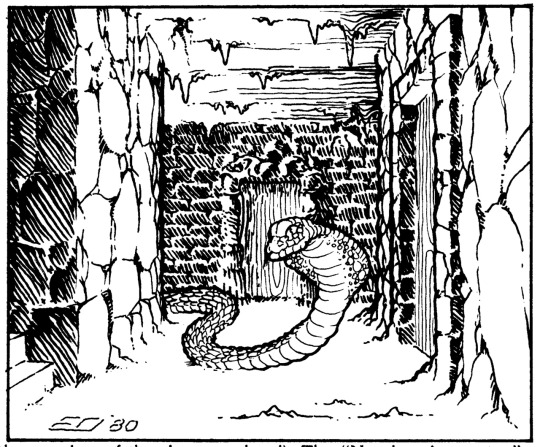
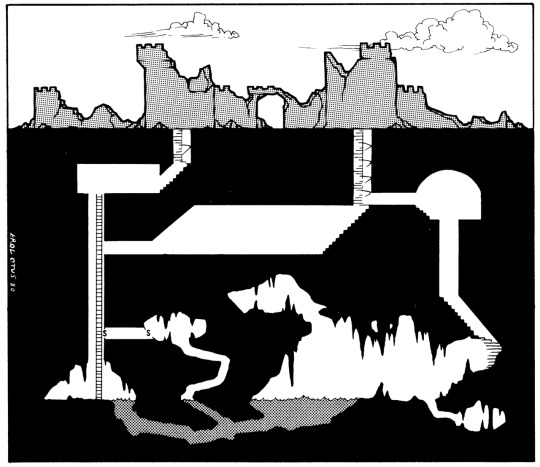
Here are all the illustrations from the 1981 Basic D&D booklet (Moldvay). Part 3 of 3.
31 notes
·
View notes
Photo

Nergal, Babylonian god of the underworld, who fights with a +5 shield that casts a death spell aura in a 30′ radius (Diesel / David S LaForce, AD&D Deities & Demigods, TSR, 1980) Unlike many of the historical gods, Nergal remained part of some D&D pantheons in later editions
#D&D#Dungeons & Dragons#David S LaForce#Nergal#AD&D#Deities & Demigods#Babylonian Mythos#Diesel#dnd#deity#god#Babylonia#death spell#magic shield#magic item#Dungeons and Dragons#TSR
160 notes
·
View notes
Photo
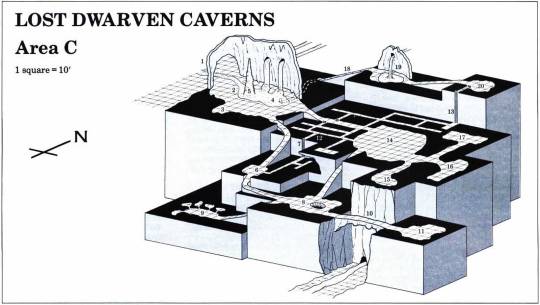
Lost Dwarven Caverns, isometric map by Diesel (David S LaForce) from “Visitors from Above,” Spelljammer adventure by Shonn Everett in Dungeon 28, March/April 1991
#D&D#Dungeons & Dragons#Diesel#David S LaForce#dungeon map#isometric dungeon map#Dungeon magazine#Spelljammer#lost dwarven caverns#isometric map#AD&D#dnd#Visitors from Above#Shonn Everett#Dungeons and Dragons#TSR
202 notes
·
View notes
Photo

The withered form of a centaur, "the mummified remains of a sacred offspring of Chitza-Atlan, the guardian of the gateway to the underworld” (Diesel / David S Laforce, AD&D module C1: The Hidden Shrine of Tamoachan, TSR, 1980/81)
#D&D#Dungeons & Dragons#Diesel#David S LaForce#mummy#undead#centaur#The Hidden Shrine of Tamoachan#Tamoachan#centaur mummy#dungeon#dnd#AD&D#Dungeons and Dragons
96 notes
·
View notes
Photo

Old time religion -- Druaga, ruler of the devil world, lesser god of the AD&D Babylonian mythos, is a shape changer whose terrifying true form has 8 arms with talons and 4 legs ending in snaky masses, a ruby red scaly hide and the face of a beautiful boy. “His mace does 35 points of damage every time it hits and turns all beings it hits into devils (random type) under his command if they do not make their magic saving throw.” He occasionally sends devils to aid worshippers who make a virgin sacrifice, making him a good lesser-known alternative archvillain for a campaign. (Diesel / David S LaForce illustration, AD&D Deities & Demigods, TSR, 1980)
Druaga seems to have been invented for AD&D with no clear historical Babylonian source, and the name likely comes from “Drauga” (“Falsehood”), equated with Ahriman in Zoroastrianism. An altered version of AD&D’s Druaga appears in the 1984 Namco video game and 2008-09 anime The Tower of Druaga, and all later pop culture references to a Babylonian Druaga apparently derive from these origins.
#D&D#Dungeons & Dragons#Diesel#David S LaForce#Deities & Demigods#Druaga#AD&D#The Tower of Druaga#devil#god#deity#Babylonian Mythos
163 notes
·
View notes
Photo
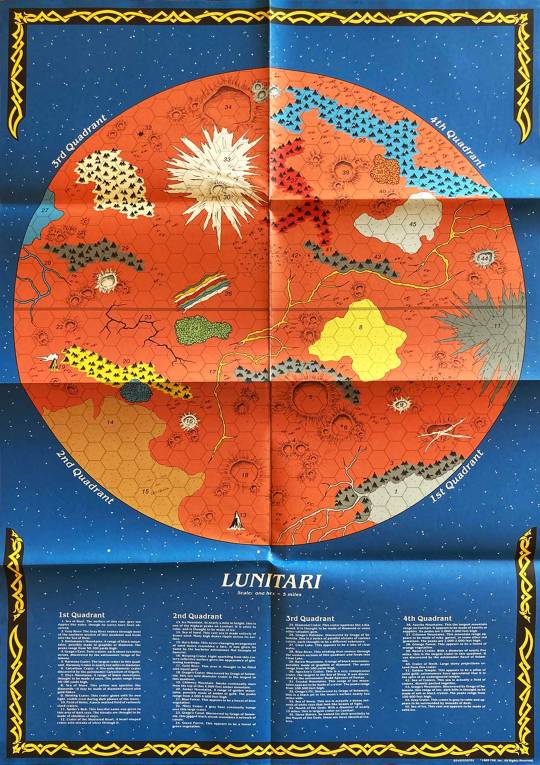
Everyone’s gone to the moon -- Map to adventure on the surface of Lunitari, the red moon of Krynn, one of three moons in the world of Dragonlance (AD&D 2e module DLE3: Dragon Keep by Rick Swan, cartography credited to Diesel -- David S LaForce, TSR, 1989)
#D&D#Dungeons & Dragons#David S LaForce#D&D map#Dragonlance#Diesel#Dragon Keep#Lunitari#Krynn#AD&D#AD&D 2e#dnd#Rick Swan#moon#Dungeons and Dragons#TSR#1980s
94 notes
·
View notes
Photo
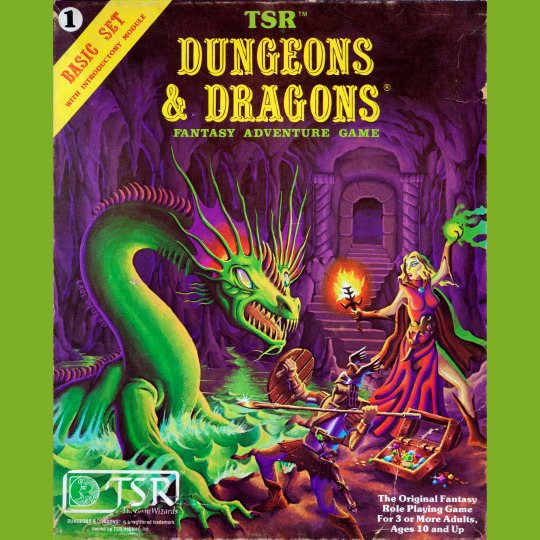

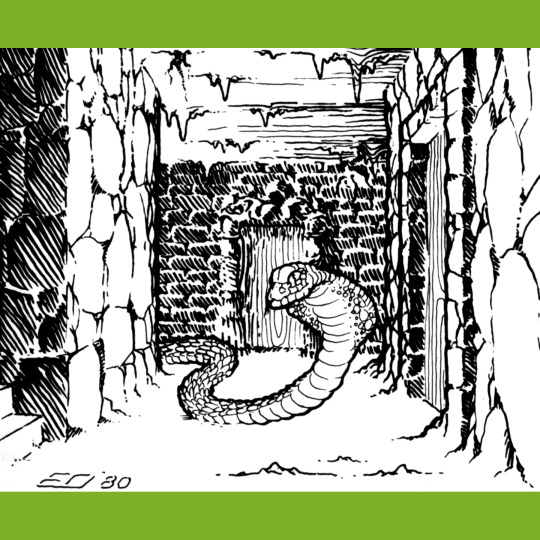
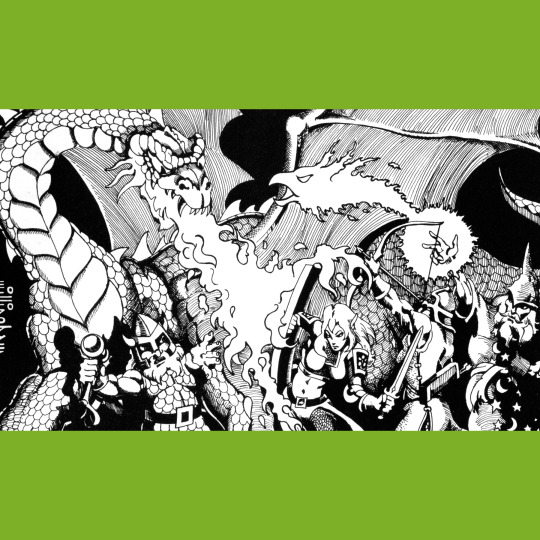
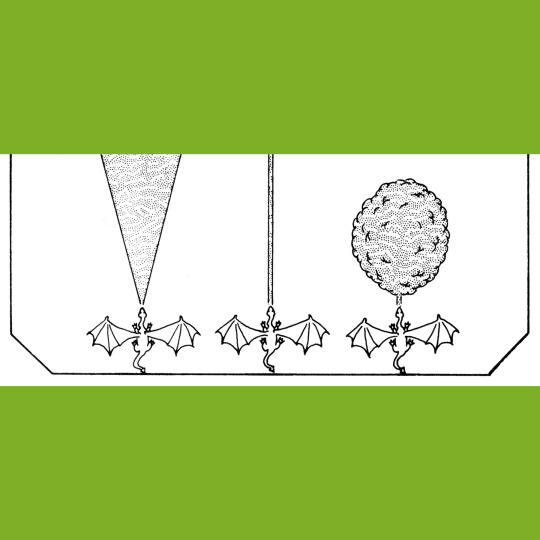
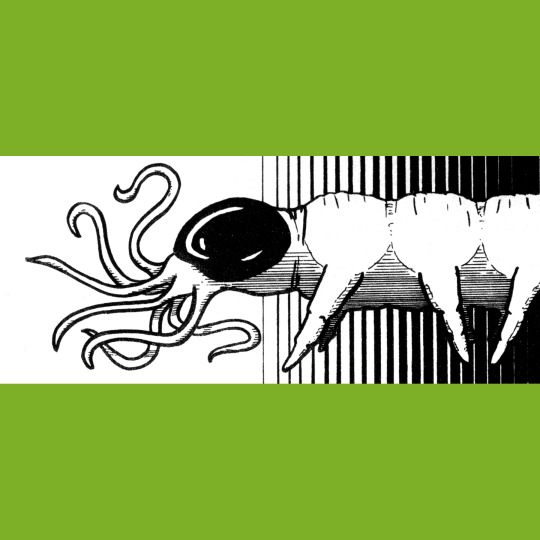
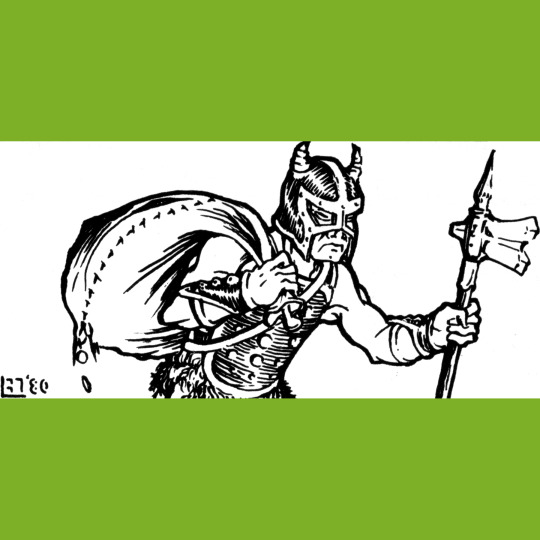

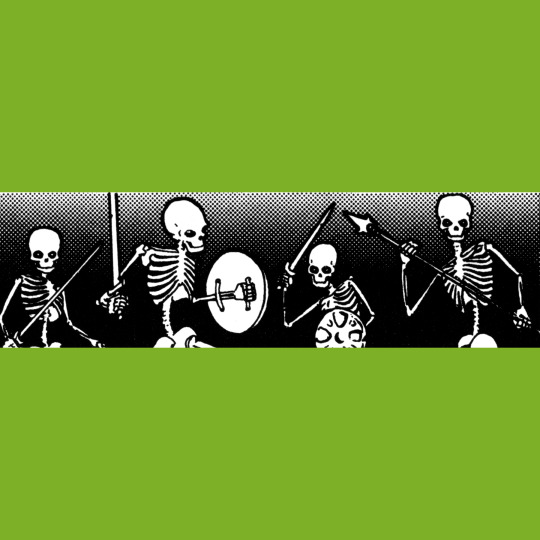
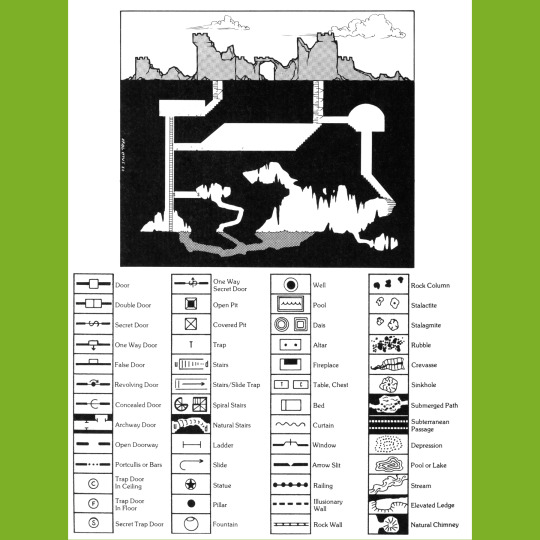
I was looking back through the feed and I can’t understate my surprise when I found I had never posted about the 1981 Dungeons & Dragons Basic Set (or its sibling, which you’ll see tomorrow). What a bonkers oversight!
Anyway, this is Tom Moldvay’s revision of the Holmes Basic Set (1977), tidied up to coincide with the release of the brand new Expert Set. It is a significant revision, essentially rewriting and expanding the original Dungeons & Dragons rules. The end result is something far more polished (and well-organized) than the preceding iterations. It draws a clearer distinction from AD&D as well. Probably most importantly, the rules lean into Holmes’ idea of teaching people how to play by reading the rulebook, something OD&D and AD&D do not do at all. Moldvay’s sample dungeon, a haunted keep, it a bit better suited to this than Holmes’s nebulous cavern complex. This is reinforced with the inclusion of B2 – The Keep on the Borderlands (though I still think B1 – In Search of the Unknown is a better teaching module).
When all is said and done: the same, but different. The most different is the art. First off, Erol Otus killing it on the cover, with that fluorescent green dragon playing nicely off the neon pink of the box sides. Interiors by a murderer’s row of TSR artists – Otus, Jeff Dee, Roslof, Bill Willingham and Diesel LaForce. And speaking of Diesel, his dungeon map key debuts here. For my money, it is one of the most important and enduring contributions to RPGs.
#RPG#TTRPG#Tabletop RPG#Roleplaying Game#D&D#dungeons & dragons#Basic Set#Erol Otus#Tom Moldvay#Diesel LaForce
352 notes
·
View notes
Photo
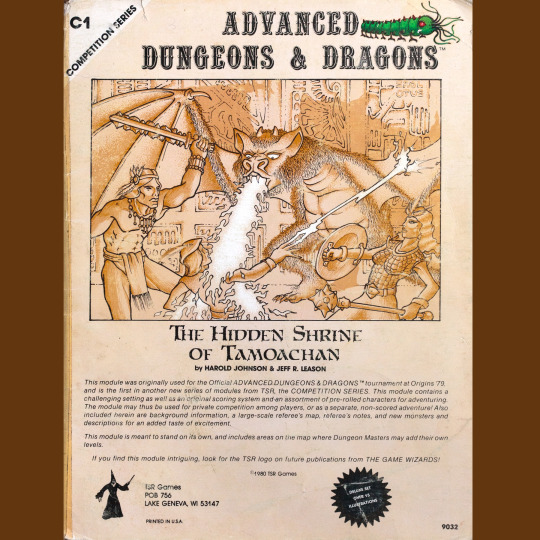
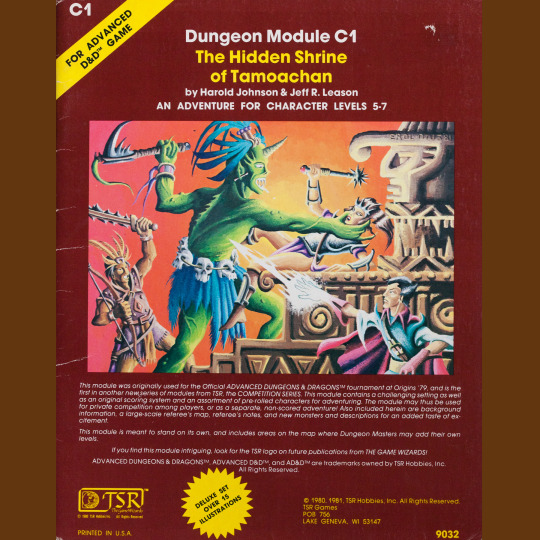
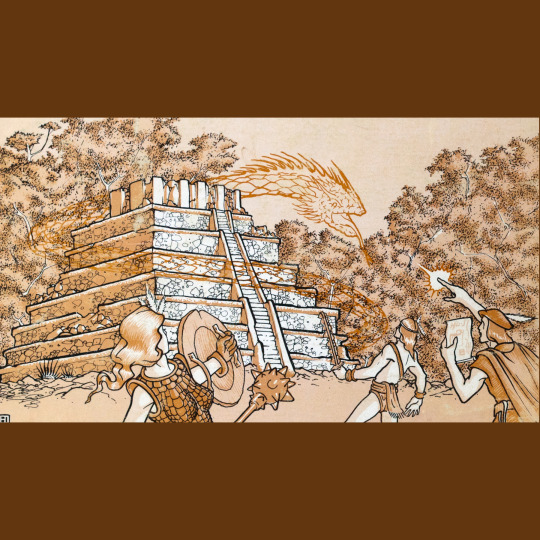
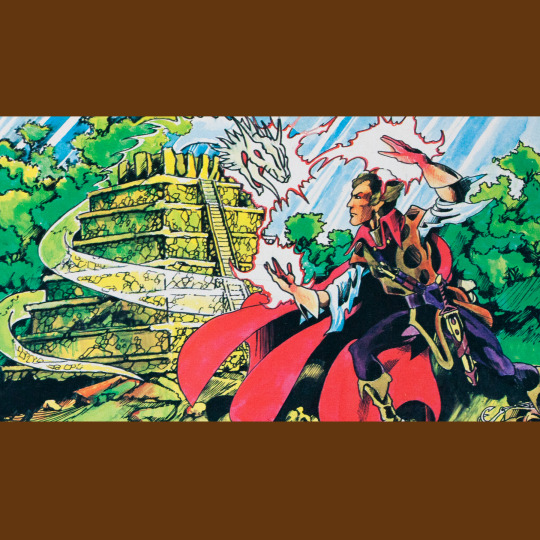


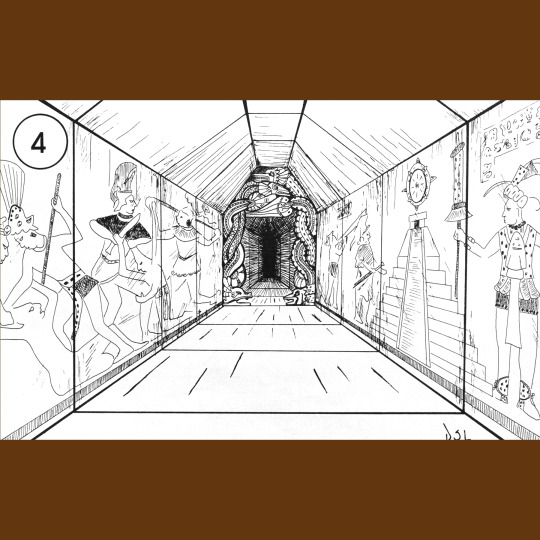



This is C1 – The Hidden Shrine of Tamoachan (1980, 1981). The original printing was provided to me by my friends @nobleknightgames.
The “C” stands for Competition, because, like previous D&D modules, they were used for tournament play – this one debuted at Origins ‘79 and the original loose-leaf version released for sale there has since become one of the rarest D&D publications. Unlike other modules up to this point, Hidden Shrine contains all the bits required for tournament play – the pre-gen characters and the scoring system. Even laid out in front of me, the idea of playing D&D competitively is still pretty baffling, but I am from a different time.
The adventure itself is a detailed dungeon crawl in a previously unexplored region of Greyhawk that, as you can tell from the art, has a heavy Mesoamerican influence. It has a lot in common with S1 – Tomb of Horrors in that it is less about combat and more about traps and puzzles, which I like (it lacks, however, the specter of unfairness that I think suffuses Tomb). It also has a booklet of player handout illustrations keyed to individual room as in Tomb and most of the other S-modules, which remains one of the best things to come out of these early modules. They’re just so strange and spooky looking!
Despite this being a fairly beloved module, I am mostly here for the art. The original Erol Otus cover is high on my list of favorite pieces of early D&D art – the monotone brown really does something for me. Otus does a lot of the interiors (including the introductory illustration of the gibbering mouther, another classic), with support from Darlene, David Sutherland and Diesel LaForce.
#RPG#TTRPG#Tabletop RPG#Roleplaying Game#D&D#dungeons & dragons#TSR#Hidden Shrine of Tamoachan#C1#Erol Otus#David C Sutherland#Diesel LaForce
65 notes
·
View notes
Photo

Enjoying a late summer evening outdoors -- Nnuuurrrr’c’c, demigod, master of the insect swarm, the King with Wings, has a 140′ wingspan and is worshipped by all insect races (tiny thumbnail illustration by Diesel / David S LaForce from the Melnibonéan mythos in early printings of AD&D Deities & Demigods, TSR, 1980)
#D&D#Dungeons & Dragons#David S LaForce#Diesel#Deities & Demigods#AD&D#Nnuuurrrr'c'c#dnd#Dungeons and Dragons#Michael Moorcock#Elric#Melnibonean mythos#giant insect#demigod#deity#mosquito#Melnibone#Elric of Melnibone#Melniboné#TSR
91 notes
·
View notes
Photo

Elenoin vs Grahluks somewhere in the Young Kingdoms or the planes beyond (Diesel / David S LaForce, I believe, after designs by Jeff Dee, early printings of AD&D Deities & Demigods, TSR, 1980)
#D&D#Dungeons & Dragons#Diesel#David S LaForce#Deities & Demigods#AD&D#Michael Moorcock#Elenoin#Grahluk#Elric#Eternal Champion#Melnibonean mythos#Melnibone#Elric of Melnibone#Melnibonéan mythos#Melniboné#dnd#Dungeons and Dragons#TSR#battle
66 notes
·
View notes
Photo
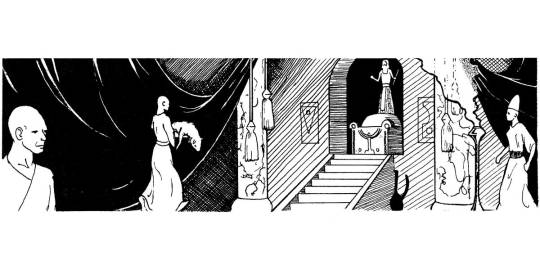
Making an offering in a Sumerian temple (Diesel, AD&D Deities & Demigods, TSR, 1980) “Clerics of this pantheon must shave all hair from their bodies and wear kilts and robes of white with colorful borders. The shape and color of the border indicates the cleric’s patron deity. Female clerics wear rounded conical hats to cover their baldness.”
#D&D#Dungeons & Dragons#David S LaForce#Diesel#Deities & Demigods#AD&D#Sumerian Mythos#clerics#cleric#temple#altar#Sumer#Sumerian#Mesopotamia#dnd#Dungeons and Dragons#TSR#sacrifice
77 notes
·
View notes